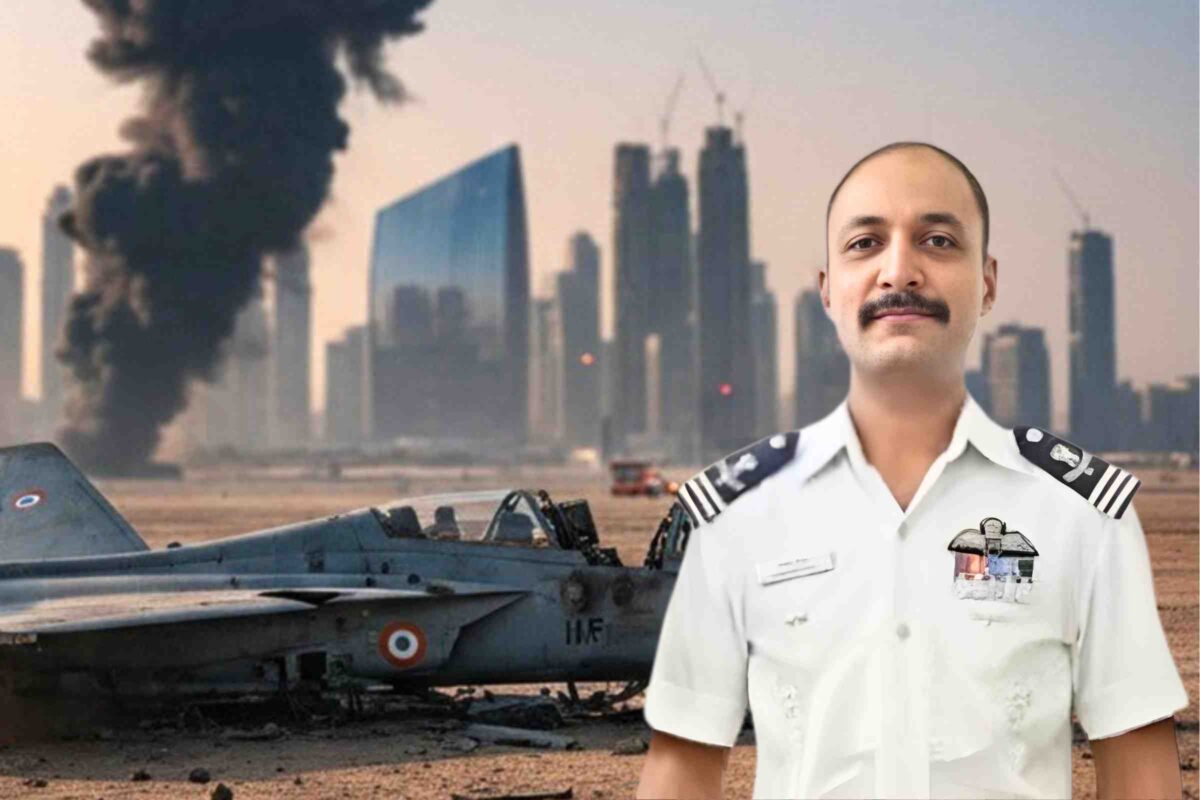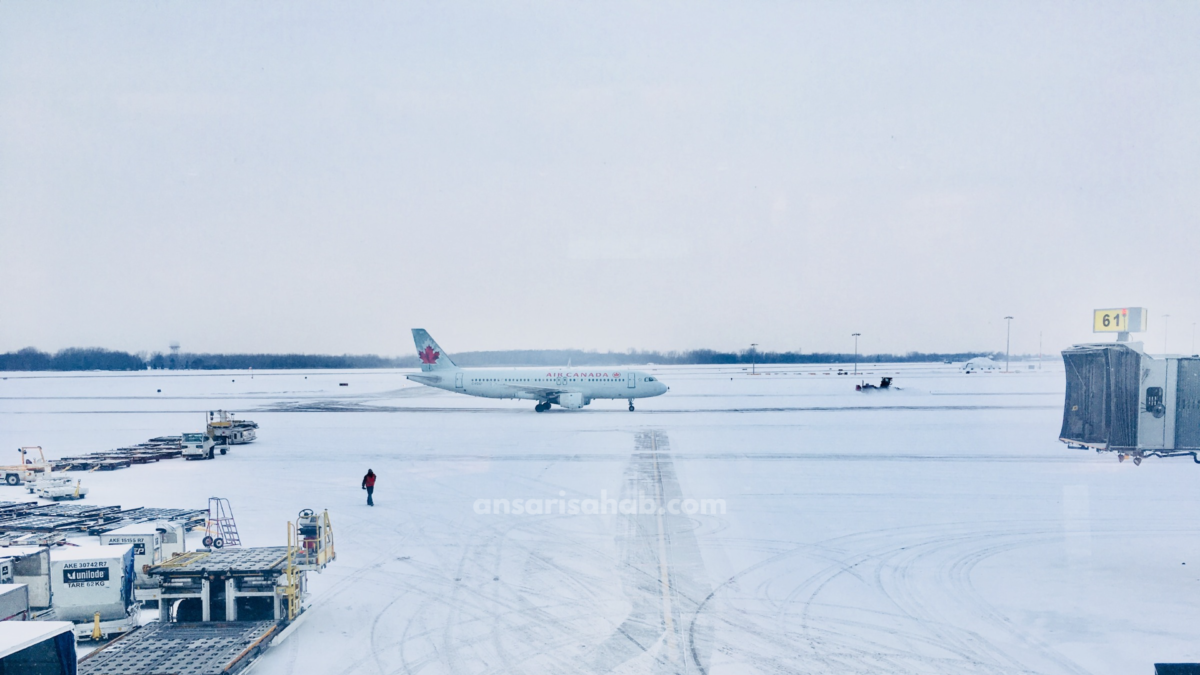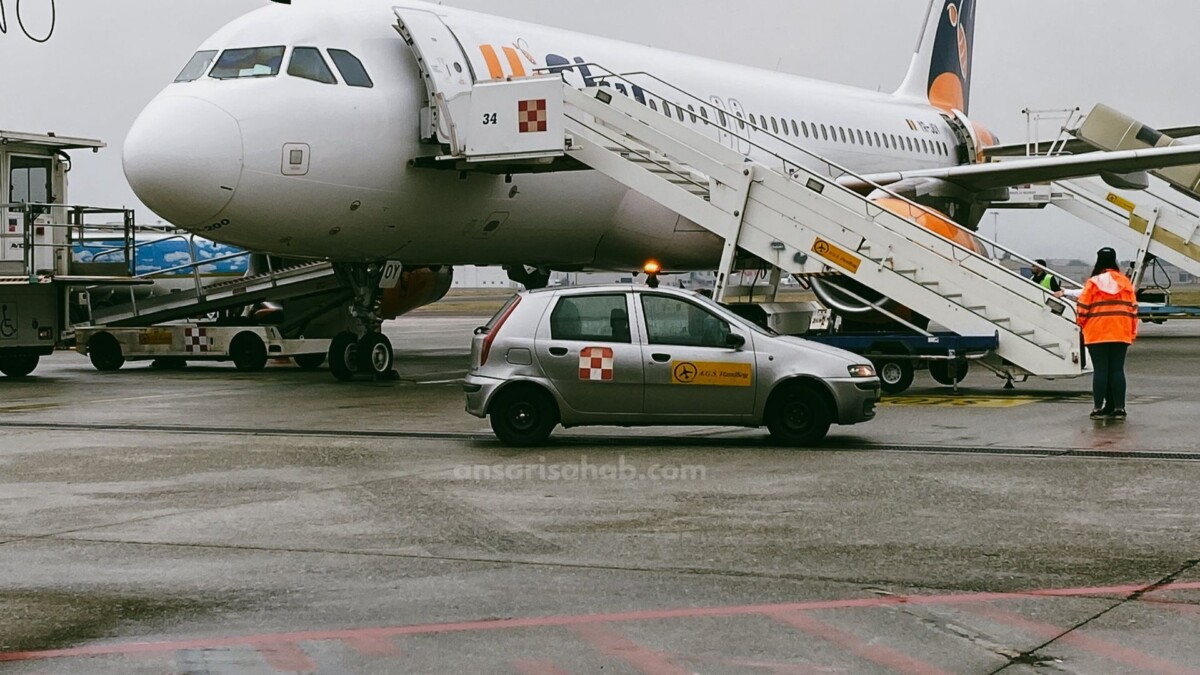Dubai / New Delhi, November 22, 2025 — A tragic accident struck the Dubai Airshow on Friday when an Indian HAL Tejas fighter jet crashed during a low-altitude aerobatic display at Al Maktoum International Airport, killing the pilot, Wing Commander Namansh Syal, of the Indian Air Force (IAF).
Here’s a detailed look at the man behind the controls — and how his loss has resonated across India and beyond.
The Crash: What Happened at the Dubai Airshow
According to the IAF, the Tejas aircraft went down in flames around 2:10 p.m. local time during a demonstration sortie. Video and eyewitness accounts from the airshow show the jet executing complex maneuvers, then suddenly losing altitude, tipping into a steep dive, and erupting in a fireball near the runway.
Emergency responders on site scrambled to extinguish the blaze, sending thick black smoke skyward. The IAF confirmed that Wing Commander Syal sustained fatal injuries, expressing “deep regret” over the loss and announcing a court of inquiry to investigate the cause.
This marks the second known accident involving the Tejas light combat aircraft; the first, in 2024, saw a pilot safely eject during a training exercise.
Who Was Wing Commander Namansh Syal?
Wing Commander Namansh Syal was a respected and experienced officer in the Indian Air Force, known for both his flying skill and leadership.
Early Life & Background
- Syal hailed from Patialkadh village in Nagrota Bagwan tehsil, Kangra district, Himachal Pradesh.
- He studied at Sainik School Sujanpur Tira, where he was a standout both academically and in leadership roles.
- He later joined the National Defence Academy (NDA), and was honored with the President’s Silver Medal for academic excellence.
Military Career
- Commissioned in December 2009, Syal served in various capacities, flying aircraft such as the MiG-21 and Su-30 MKI before transitioning to the indigenous Tejas.
- At the time of his death, he was posted to the Sulur Air Base, and was a key member of the No. 45 Squadron (the “Flying Daggers”) — a unit known for display flying.
- In addition to his operational duties, Syal was also an instructor, mentoring younger pilots in the IAF.
Personal Life
- Syal is survived by his wife, who is also an officer in the IAF, and their six-year-old daughter.
- His father, Jagan Nath Syal, is a retired Army Medical Corps veteran and later worked in education.
- His ancestral home in Himachal Pradesh is mourning the loss: local officials and school alumni have paid tribute, calling him courageous, dutiful, and devoted to his service.
Repatriation & National Mourning
In a solemn gesture, the IAF flew Syal’s remains back to India on a special aircraft. The United Arab Emirates Defence Forces paid their respects with a ceremonial guard of honor — a mark of solidarity following the tragedy.
In India, his death sparked an outpouring of grief, especially in his home state of Himachal Pradesh. Chief Minister Sukhvinder Singh Sukhu described the loss as “extremely heartbreaking,” praising Syal’s bravery and dedication.
What Led to the Fatal Accident? Early Analysis
While a formal investigation is underway, some preliminary analysis and eyewitness accounts suggest possible causes:
- According to reports, the Tejas performed a negative-G turn — a high-risk aerobatic maneuver — just before the crash, possibly at too low an altitude for recovery.
- Footage from the crash shows the aircraft executing multiple rolls and loops before a rapid descent, indicating a possible loss of control during a complex maneuver.
- The IAF has ordered a court of inquiry to examine flight data, telemetry, and video evidence, and to interview eyewitnesses.
Legacy & Impact
Wing Commander Syal’s death is being widely mourned not just as a tragic accident, but as a powerful reminder of the risks display pilots face — especially in cutting-edge indigenous aircraft like the Tejas.
- For India, his loss is deeply symbolic: the Tejas is a key pillar of the IAF’s modernization drive, and the crash raises questions about the aircraft’s safety envelope.
- Across social media and online forums, Syal is being remembered as a heroic and humble pilot, and many are calling for more transparency from the IAF on the findings of the investigation. For example, on Reddit, users speculated that “at such low altitude, there was simply no time to eject.”
- Internationally, his repatriation was marked with respect by UAE forces, showing the depth of military-to-military relations between India and the UAE.
What’s Next
- Court of Inquiry: The IAF is expected to publish a detailed report after its investigation, which could influence future display protocols.
- Review of Tejas Safety: This being only the second Tejas crash — but the first fatal one in a public show — may trigger renewed scrutiny of the aircraft’s design and performance under high-stress maneuvers.
- Public and Family Tributes: As Syal’s legacy is memorialized at his alma maters and in his home village, there are growing calls to honor him with a permanent memorial or scholarship in his name.
- International Diplomacy: The dignified handover of his remains and the UAE’s tribute may strengthen defense ties between India and the Gulf nation, reinforcing mutual respect even in tragedy.
Bottom line: Wing Commander Namansh Syal was not just a pilot — he embodied the spirit of India’s growing aerospace ambitions. His life was marked by excellence, dedication, and leadership. His sudden death mid-airshow leaves a void not only in the IAF but in the hearts of those who looked up to him. As the investigation unfolds, the nation hopes to honor his sacrifice by learning every possible lesson.









